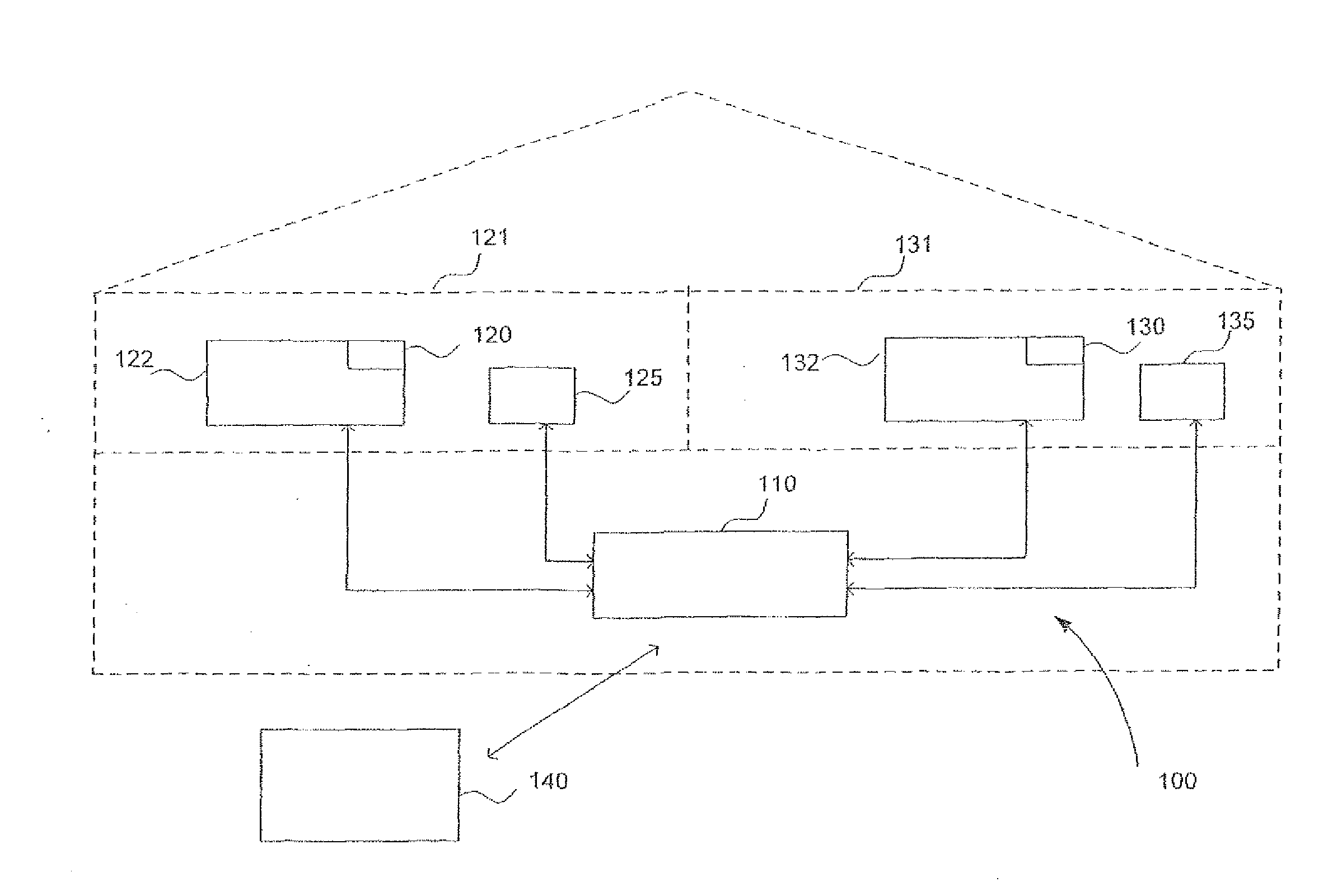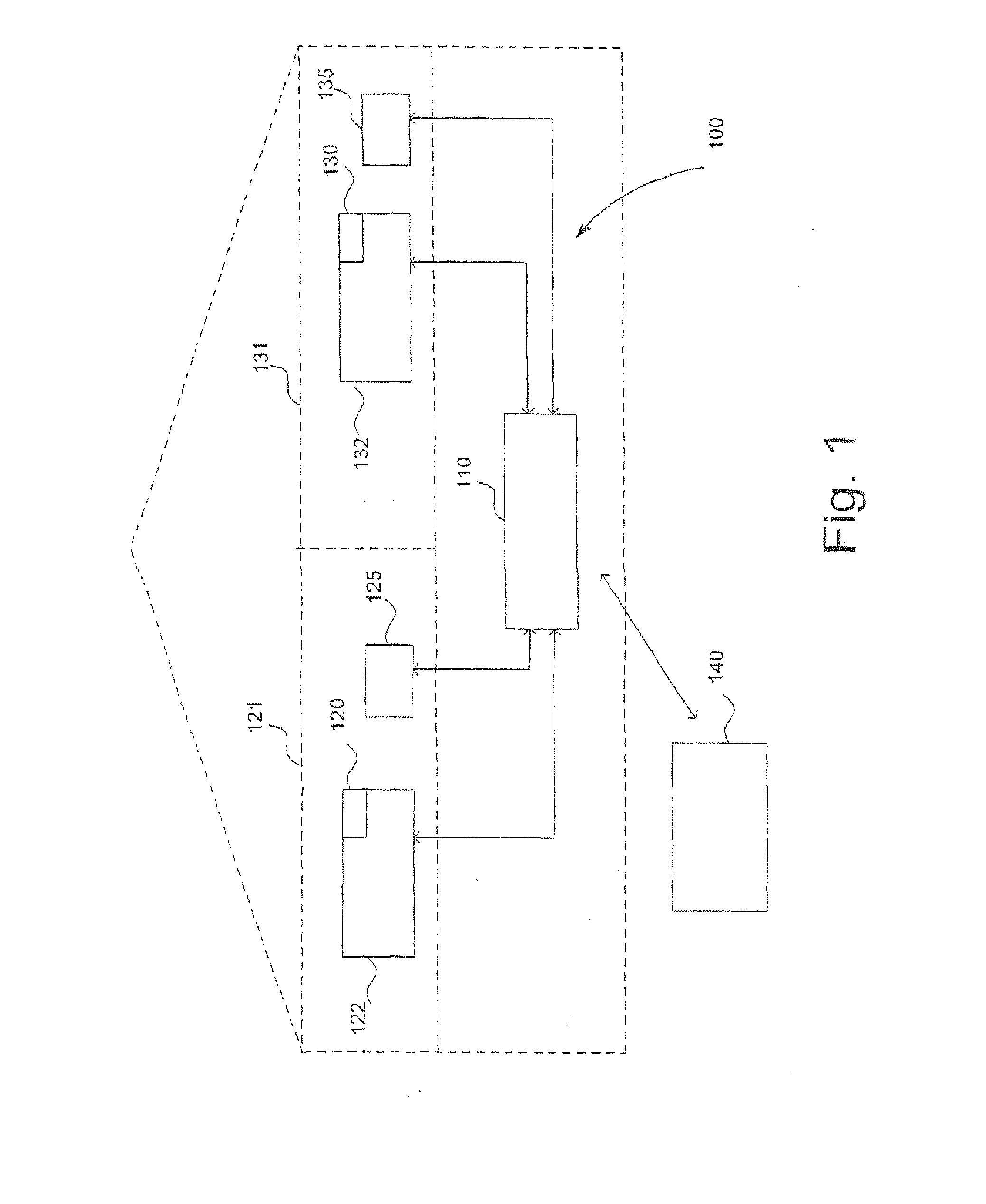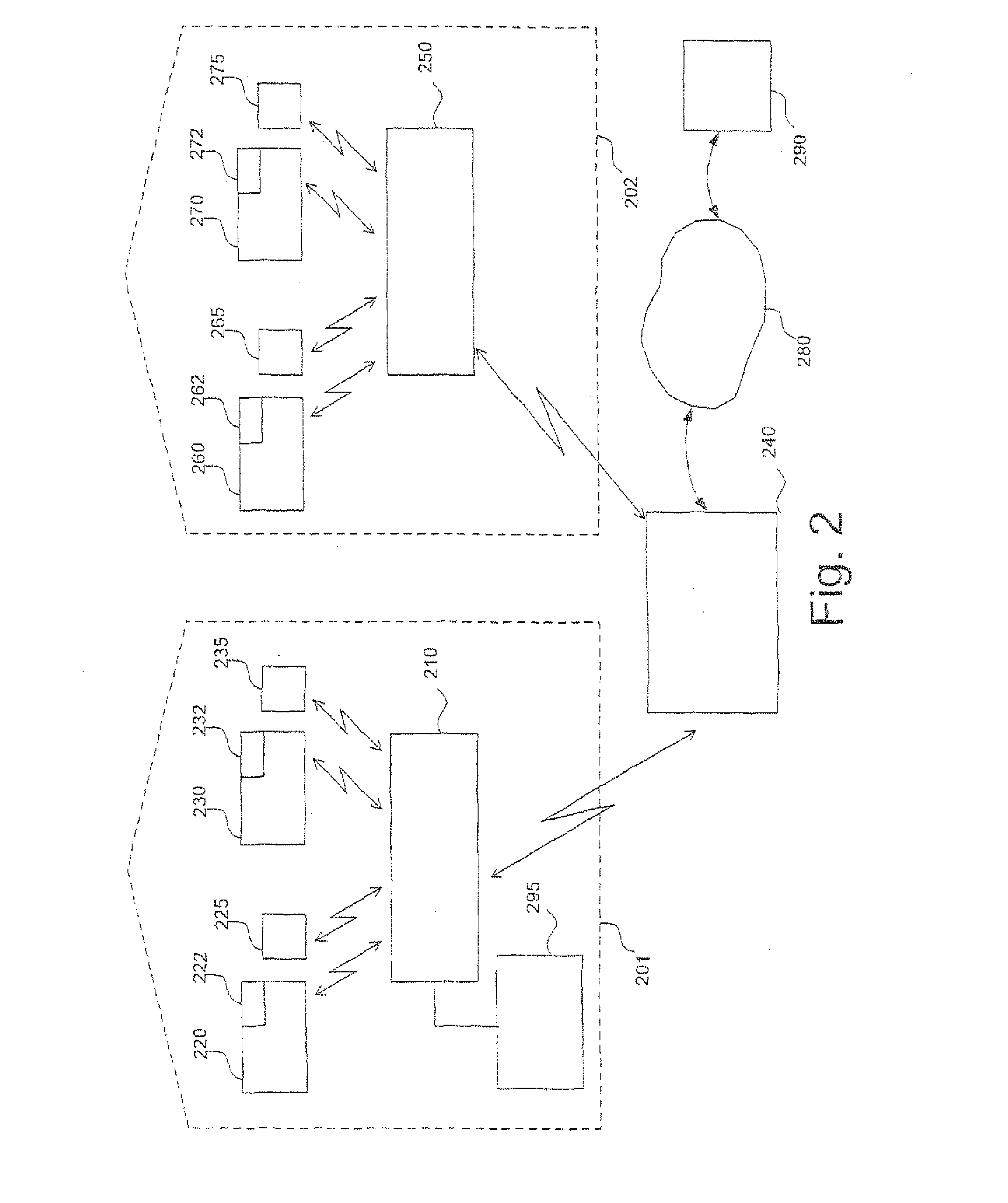System for the central control of operational devices
a technology of operational devices and control systems, applied in the direction of temperatue control, instruments, structural/machine measurement, etc., can solve the problems of high cost, inability to take into account the overall heat of the house, and inability to meet the needs of users, so as to avoid the effect of individual change of the operational state and strong fluctuations in the operational state of the user
- Summary
- Abstract
- Description
- Claims
- Application Information
AI Technical Summary
Benefits of technology
Problems solved by technology
Method used
Image
Examples
Embodiment Construction
[0022]In the following, preferred embodiments of the present invention are described in detail with reference to the accompanying drawings. Here, in different drawings, the same or corresponding components are respectively identified with the same or similar reference numbers.
[0023]The preferred embodiments of the invention, which are described in detail below, are described in detail with reference to a system for the control of heating devices in rooms of buildings. It is noted, however, that the heating device can also be understood to be an air-conditioning system, i.e. for heating and for cooling. It is further noted that the heating device is only described representatively of other operational devices. A heating device can also be understood to be an air-conditioning system for heating and for cooling because the concept of an increase in temperature can also be applied immediately to a reduction in temperature. Different operational devices can be any type of electrical appl...
PUM
 Login to View More
Login to View More Abstract
Description
Claims
Application Information
 Login to View More
Login to View More - R&D
- Intellectual Property
- Life Sciences
- Materials
- Tech Scout
- Unparalleled Data Quality
- Higher Quality Content
- 60% Fewer Hallucinations
Browse by: Latest US Patents, China's latest patents, Technical Efficacy Thesaurus, Application Domain, Technology Topic, Popular Technical Reports.
© 2025 PatSnap. All rights reserved.Legal|Privacy policy|Modern Slavery Act Transparency Statement|Sitemap|About US| Contact US: help@patsnap.com



